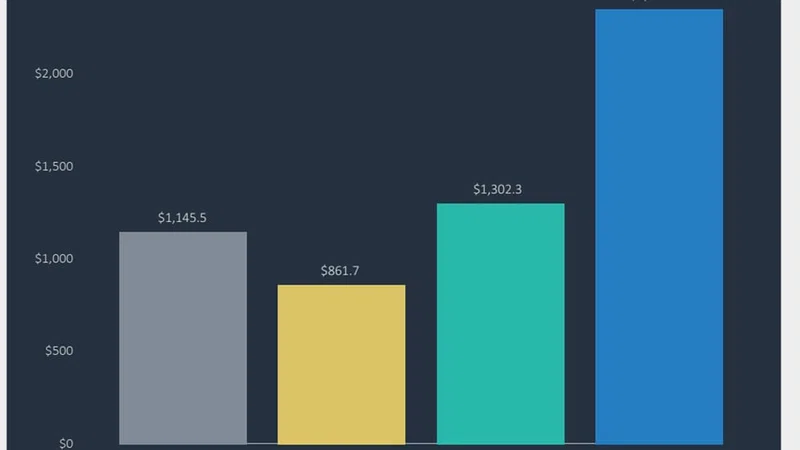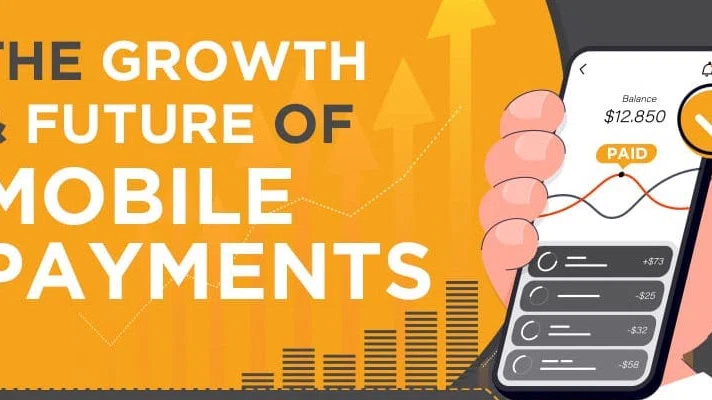Buy Now Pay Later (BNPL), one of the biggest new disruptions in recent financial history, allows customers to purchase items and pay for them in interest-free installments. This new option for purchases has become extremely popular with online shoppers. Companies like Affirm, Afterpay, Klarna, and Zip have all partnered with various retailers to offer BNPL services on their websites and online stores.
With over 55.8% of consumers using BNPL services in 2021, questions are being raised as to why the user base has started to decline in 2022. Shares of Affirm have fallen sharply after the “buy now, pay later” company issued a fiscal third-quarter revenue forecast that was below analysts’ expectations. Similar results can be seen across the entire BNPL industry, with companies such as Zip and Sezzle reporting similar results.
Interestingly, Swedish Bank Klarna, a major power player in the BNPL industry, is keen on disassociating itself from its BNPL association. Klarna played a pivotal part in the birth of the BNPL industry. Starting in 2005, the startup has grown into a mega-corporation featured in over 20 countries and with over 90 million shoppers. However, with competition in the space becoming fierce, the global retail bank is looking to branch out into other spaces. With the goal of becoming a financial “super app,” executives at Klarna believe that while BNPL was its big start, branching out from that space seems to be its best option.
“The first myth that irritates me is that we are just Buy Now Pay Later – we do so much more than that,”
While some of these losses in the BNPL space can be blamed on rising interest rates and the overall slump of the fintech market, it is important to understand the main reasons behind the recent decline in BNPL industry revenue and downtrend in stock prices.
A major factor driving BNPL shares down can be seen in the post-pandemic consumer habit. Online retailers have been struggling as consumers have gone out to brick-and-mortar stores again when lockdowns were lifted. As seen in their symbiotic revenue stream relationship, when online retailers struggle, so do BNPL companies. While many professionals continue to work from home, many have started to come back to the office. With less shopping being done online and more time spent out of the house, online merchants are struggling to see the same successes they saw during the heart of the pandemic. Some investors were able to predict this development, while others assumed the online shopping trend would be more long-term. While consumers continue to shop online, online retailers will likely not see the same level of success they did in 2020 and 2021 for the near future.
Due to this “artificial” level of growth during covid, valuations for BNPL stocks have outgrown their true value and potential. The market felt that a major correction was needed, and so the market delivered. Investors saw this trend and panicked, as seen by the massive tech sell-off in the first quarter.
However, looking past the stock market, other reasons come into play. The BNPL market itself is oversaturated. During the pandemic, the industry was super enticing for fintech startups and major banks alike. While the concept wasn’t quite new, the market was small, and the potential to make money was high. Fintech startups began to shoot out of the ground, with major banks following in close pursuit. While the demand was high, the industry was able to support all of these new ventures coming into the space. However, with the decline in consumer activity, these same companies are struggling to keep up with each other and their previous revenue projections. Added regulations have also made running the business model harder than it was just months prior. This is leading investors to believe there is no near-term growth potential for these BNPL stocks. Merchants and customers alike are also reevaluating the cost vs. benefit of the service to their business model and spending habits.
“Our advice to investors is to sell shares of Affirm, as there are no near-term growth catalysts for the stock”
Another factor to consider is the ethicality of BNPL as a concept. Investors and financial counselors have started to raise concerns over the structure of BNPL services, their impact on indebtedness for low-income families, and whether the increase in regulation represents any sort of major risk for investments.
With over 90 million users worldwide, around one in five consumers end up missing payments on their transactions. This provides BNPL providers with a major source of revenue, which these companies often take advantage of. This type of exploitation has led to lawmakers implementing regulatory changes that will impact the industry and the design and distribution processes.
An example of such regulation that damages the overall industry can be seen with transactions over $2000. These transactions require credit checks, including income and expense information, with even more stringent checks for purchases above $15,000. Late fee regulation is also a major part of the obstacles BNPL services are currently facing.
In order to overcome this adversity, major BNPL players will have to reconsider their business strategy. They will have to diversify their interests like Klarna has begun to do or find another avenue of business that the company can add to their repertoire so that they are known for services beyond the BNPL sector. BNPL will always have a place in today’s financial economy and consumer market. However, the demand is certainly decreasing but will most likely fall to a stable place where existing members of the BNPL sector will be able to enjoy their own sector of the consumer market even if they face sizable competition along the way.













